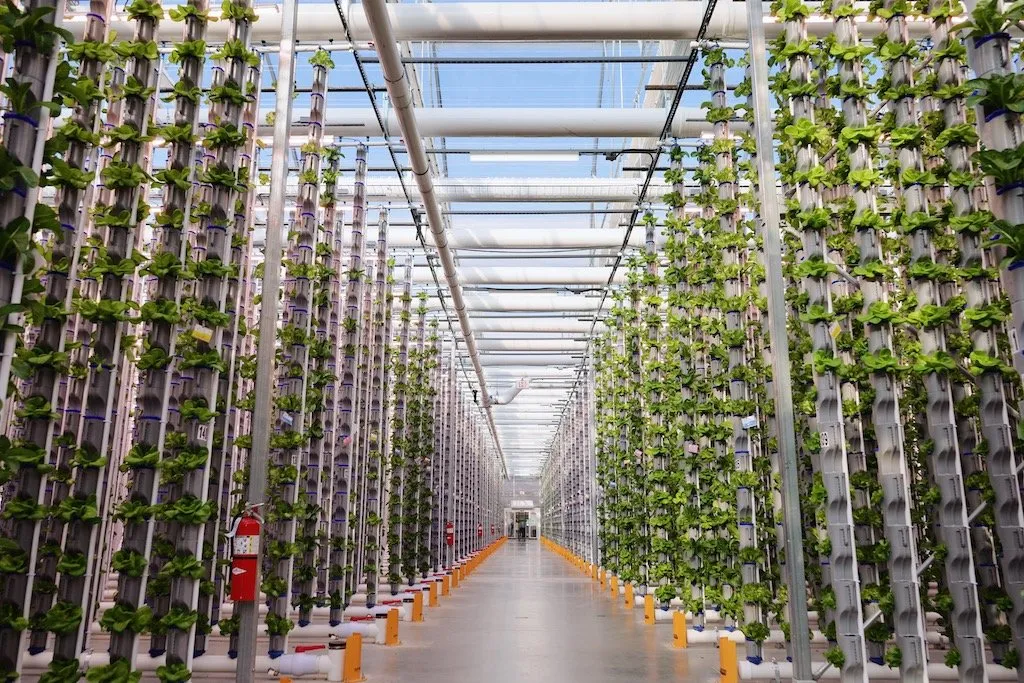In the heart of bustling cities, where space is a premium and soil is often contaminated, a quiet revolution is taking root. Hydroponics, the soil-less cultivation of plants, is emerging as a promising solution for sustainable urban agriculture. A recent study published in *Scientific Papers Animal Science and Biotechnologies* sheds light on the potential of this innovative farming method, offering a glimpse into a future where urban food production is efficient, sustainable, and scalable.
The study, led by Luciana Daniela Portella Carreño, compared the growth performance of basil (Ocimum basilicum) in hydroponic systems versus traditional soil-based environments. Over a six-week period, the research team monitored key variables such as plant height, leaf number, and total water consumption. The results were striking: hydroponically grown basil not only exhibited faster growth but also required significantly less water and demonstrated healthier leaf structures with fewer visible defects.
“Hydroponic systems enable efficient plant growth without soil, using minimal water and space,” Carreño explained. “This makes them particularly suitable for urban environments where arable land is scarce and water resources are often stretched thin.”
The implications for the agriculture sector are profound. As urban populations continue to grow, the demand for locally produced, fresh, and sustainable food sources is on the rise. Hydroponic systems offer a viable solution, allowing farmers to produce crops in controlled environments that are protected from pests, diseases, and adverse weather conditions. This not only increases yield and quality but also reduces the need for chemical fertilizers and pesticides, contributing to a healthier ecosystem.
Moreover, the water efficiency of hydroponic systems is a game-changer. Traditional farming methods consume vast amounts of water, a resource that is increasingly scarce in many parts of the world. Hydroponics, on the other hand, uses up to 90% less water than conventional farming, making it a more sustainable option in the face of climate change and water scarcity.
The study also highlights the potential for hydroponic systems to be integrated into educational environments, providing hands-on learning experiences for students and fostering a new generation of agriculturists who are well-versed in sustainable farming practices.
As the world grapples with the challenges of feeding a growing population while minimizing environmental impact, the findings of this study offer a beacon of hope. Hydroponic systems, with their ability to produce high-quality crops in a sustainable and efficient manner, could very well shape the future of urban agriculture.
While the study focused on basil, the principles and benefits of hydroponic farming can be applied to a wide range of crops, opening up new possibilities for farmers and entrepreneurs alike. As Carreño and her team continue to explore the scalability and integration of hydroponic systems into modern agricultural practices, one thing is clear: the future of farming is not just in the soil, but also in the water and the innovative technologies that are transforming the way we grow our food.
In the words of Carreño, “This research highlights the practicality of hydroponics for urban settings and educational environments, encouraging further exploration into its scalability and integration into modern agricultural practices.” With such promising results, the stage is set for a new era of sustainable urban agriculture, one that is not only good for the environment but also good for business.

